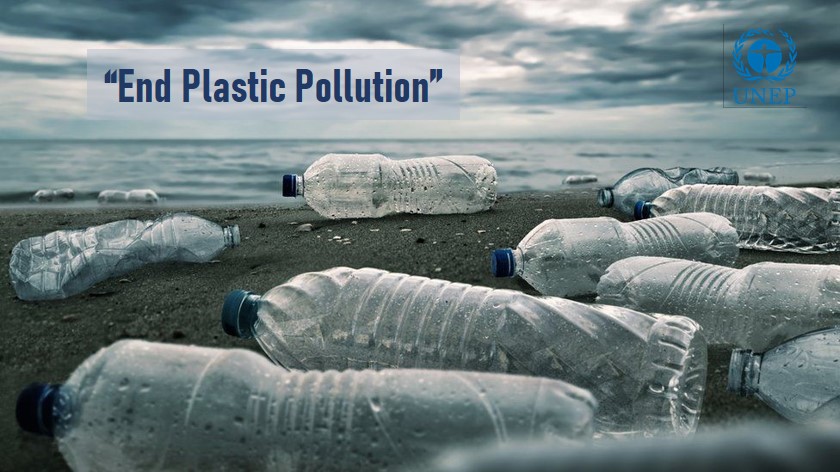The first week of March, 2022 would be noted down in history. As for the first time the global community has agreed on a framework to curb the world’s growing plastic problem. The United Nations after the conclusion of a 3-day summit adopted recently a resolution laying out an ambitious plan for developing a legally binding treaty to “End Plastic Pollution.”
The resolution addresses the full lifecycle of plastic, including its production, design and disposal. At the UN Environment Assembly in Nairobi heads of state, ministers of environment and other representatives from 175 nations have endorsed this historic resolution forge an international legally binding agreement by 2024 to end this global menace.
“End Plastic Pollution”
“The high and rapidly increasing levels of plastic pollution represent a serious environmental problem at a global scale,” says the UN resolution, besides acknowledging “the urgent need to strengthen global coordination, cooperation and governance to take immediate actions toward the long-term elimination of plastic pollution.”
The United Nations Environment Program’ Executive Director says on this achievement “Today marks a triumph by planet earth over single-use plastics. This is the most significant environmental multilateral deal since the Paris Accord. It is an insurance policy for this generation and future ones, so they may live with plastic and not be doomed by it.”
The Global Catastrophe
The resolution comes at a time when the world produces billions of pounds of plastic waste annually — about 353 million tons in 2019. This was reported by the Organization for Economic Cooperation and Development amid mounting scientific concerns about issues such as marine plastic debris and the potential impacts of micro plastics.
The impacts of plastic production and pollution on the triple planetary crisis of climate change, nature loss and pollution are a catastrophe in the making, as identified by United Nations Environment Program:
- Exposure to plastics can harm human health, potentially affecting fertility, hormonal, metabolic and neurological activity and open burning of plastics contributes to air pollution.
- By 2050 greenhouse gas emissions associated with plastic production, use and disposal would account for 15% of allowed emissions, under the goal of limiting global warming to 1.5°C (34.7°F).
- More than 800 marine and coastal species are affected by this pollution through ingestion, entanglement, and other dangers.
- Some 11 million tons of plastic waste flow annually into oceans. This may triple by 2040.
- Now a shift to a circular economy can;
- Reduce the volume of plastics entering oceans by over 80% by 2040
- Shrink virgin plastic production by 55%
- Save governments US$ 70 billion by 2040
- Reduce greenhouse gas emissions by 25%
- Create 700,000 additional jobs – mainly in the global south.
The resolution to “End Plastic Pollution” has been widely hailed at the end of 3-day summit. “This decision is a historic milestone in the global effort to prevent our planet from drowning in plastics.” As well as “It is the beginning of the end of the scourge of plastic on this planet.”
By
Editorial, Infocus


